MX-30 EV review, Tesla charging future, Rivian R1S Max Pack, greenest and meanest: The Week in Reverse
How many “select” Tesla Supercharger stations are open to other brands’ EVs?
Which new EV maker delivered its first U.S.-market vehicles this week?
This is our look back at the Week In Reverse—right here at EV kind of cars—for the week ending March 3, 2023.
Tesla’s Investor Day was certainly the most eagerly anticipated potential newsmaking event of the week, and while it provided a look years into the future, at aspects of a sustainable-energy ecosystem that may give the company advantage, a few shorter-term product advances also stood out. Tesla teased wireless EV charging as part of its future, so we looked at how this tech may go right along with owner convenience, future self-driving (or self-parking) features, and the bidirectional charging capability that Tesla also confirmed this week is on the way within two years—which could also fit in with the Unlimited Charging package it’s exploring.
Tesla also confirmed Wednesday that it’s opened “select” Superchargers to fast-charge EVs of other brands using the CCS standard—provided they use the Tesla app. The company later in the day on its Investor Call confirmed the effort now includes 10 U.S. locations. Meanwhile, the company is also starting to roll out an adapter and retrofit allowing some of its vehicles to charge using CCS.
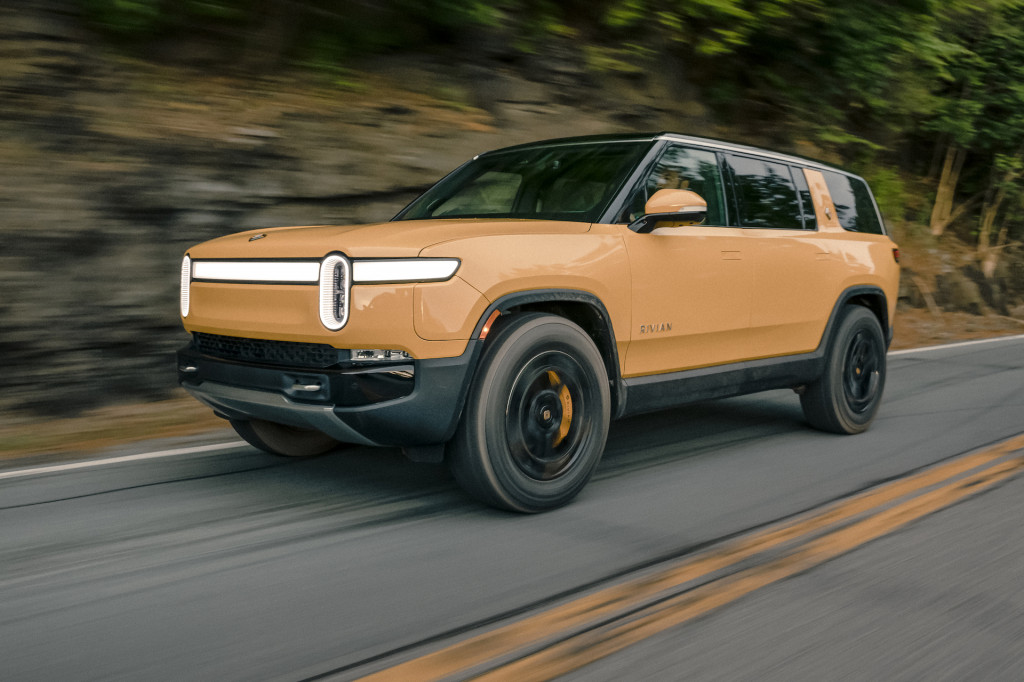
2023 Rivian R1S
Rivian this week confirmed that a 390-mile Max Pack version of its R1S electric SUV will be delivered starting this fall. The Max Pack versions will only come in Dual Motor form, with the company’s latest, in-house Enduro drive units. Further, Rivian released updated range numbers for the trucks in Dual Motor form, and emphasized that its mass-market R2 lineup to come in 2026 will be much easier to build.
Additionally, the survey giant J.D. Power suggested Rivian is doing very well with the ownership experience—especially in setting expectations for range. The Rivian R1T, Mini Cooper SE, and Kia EV6 were among the top-ranked EVs in a study out this week, with the Model 3 following those.
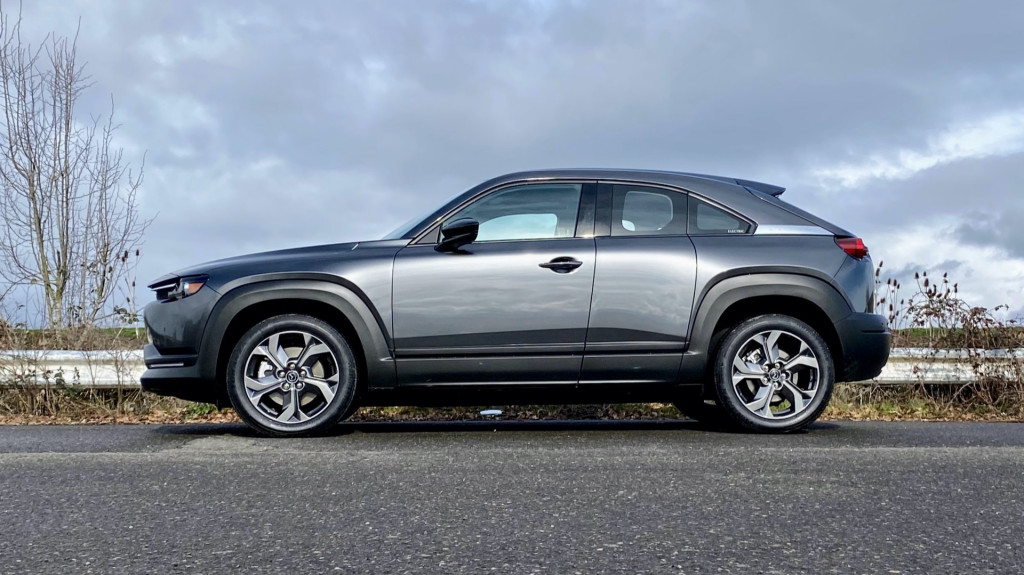
2022 Mazda MX-30 EV
In a review of the Mazda MX-30 EV, we found this first U.S. electric vehicle from Mazda to be a confusing proposition. It masquerades as an exotic but misses the range, performance, and charging that EV shoppers will be seeking—all while not offering much practicality.
The design of the Kia EV9 electric SUV was teased on Thursday in a few obscured images, although they’re enough to highlight that the production EV9 will very closely resemble the EV9 concept.
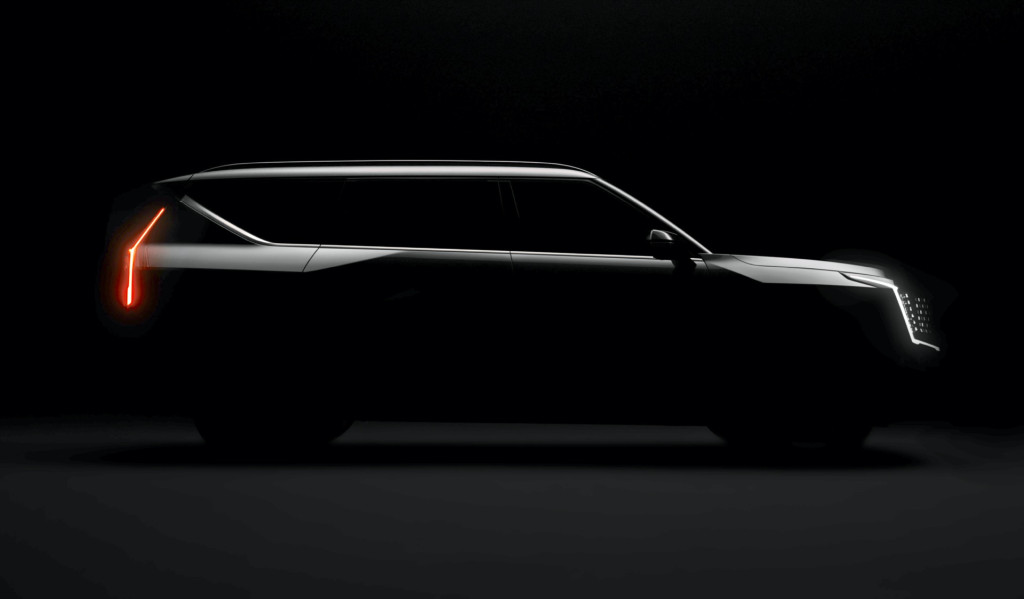
Kia EV9 teaser
Ford confirmed Thursday that it will restart production of the F-150 Lightning electric truck on March 13, allowing time for new batteries and packs to be delivered to the production line. It still hasn’t said what the battery-related issue was, or confirmed whether it might lead to a recall.
Vinfast has cut the lease prices for its VF 8 and VF 9, and it also confirmed first deliveries for the VF 8—after addressing several issues on its first batch of vehicles.
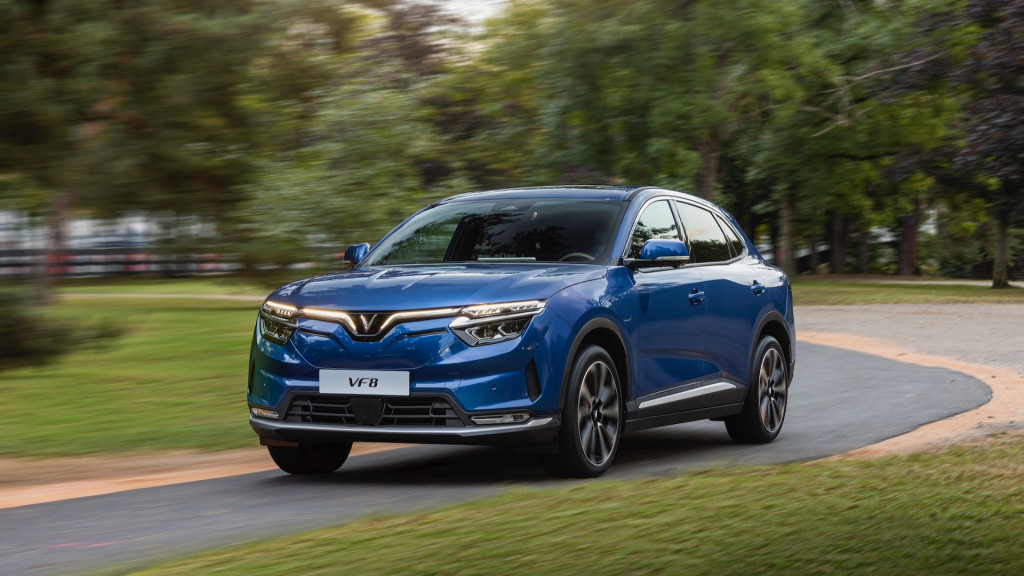
Vinfast VF 8
Nissan announced at the start of the week that it’s accelerating its shift toward electrified and fully electric models for Europe and Japan, while sticking to previous EV targets for the U.S. It also recently announced plans to practice what it preaches in Southern California—by using battery electric semis from Kenworth and Nikola to deliver its Ariya EVs from the port to the dealership.
The same day it announced that it idled an Illinois plant assembling gasoline vehicles, Stellantis boasted of its plan to make electric drive modules in Indiana for future EVs—including the Ram 1500 REV pickup and a Dodge electric muscle car.

Dodge Charger Daytona Concept
The U.S. Postal Service announced that it plans to buy Ford E-Transit electric vans—9,250 of them—effectively filling the gap for electric delivery while the Postal Service waits even longer for its custom-designed delivery vans to be ready in EV form. The announcement also included the deployment of 14,000 supporting charging stations.
A study from Ford and involving the European Commission found that for electric delivery vehicles, heating EV cabin panels could help boost range and aid efficiency. If you can do without the hot air, that is.
The latest annual analysis of the greenest and meanest new vehicles for the environment from the ACEEE helps underscore that, taking into account tailpipe emissions, manufacturing, and the production of fuel, lighter EVs are the greenest picks, while heavy gasoline trucks are the meanest. The 2023 list was topped by the Mini Cooper SE, Nissan Leaf, and Toyota bZ4X.
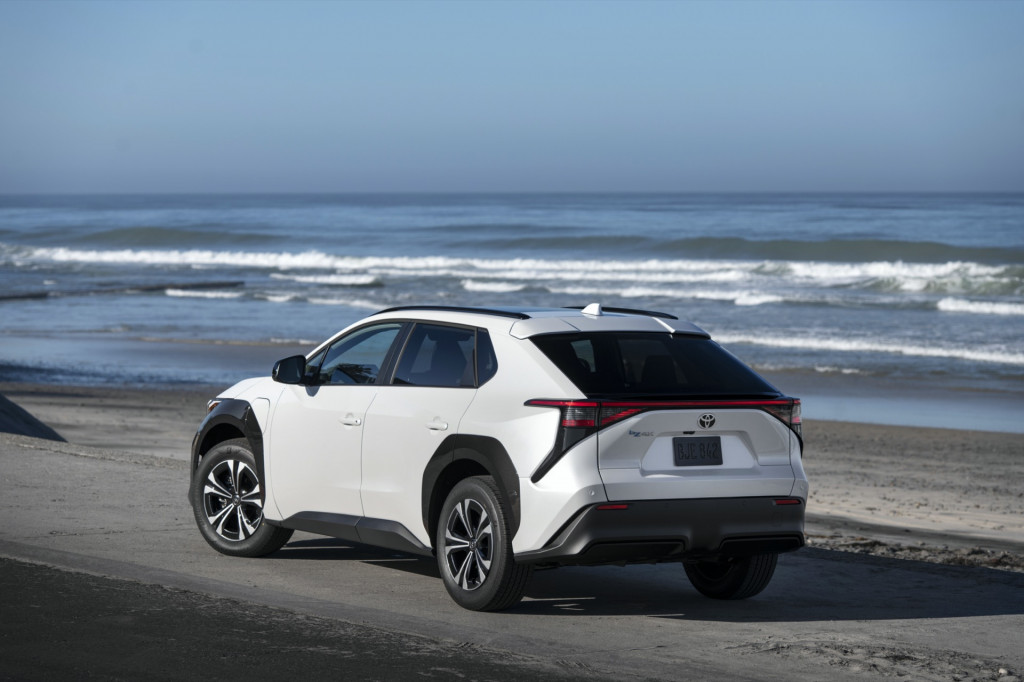
2023 Toyota bZ4X XLE FWD
Collectively, the emissions from tires and brakes is a serious threat to lungs, the food chain, and more, a new study pointed out. This one, from Imperial College London, suggests that for road-going vehicles, more than half of all particle emissions came from tires and brakes—yes, more than from tailpipes.
And EV trip length is rising rapidly, according to data from billions of trips and millions of vehicles, and it’s now nearly equal to that of gasoline vehicles. It may be another indication range anxiety is over and even more shoppers are directly replacing their gas models with EVs.
_______________________________________
Follow EV kind of cars on Facebook and Twitter
Electric cars news.



